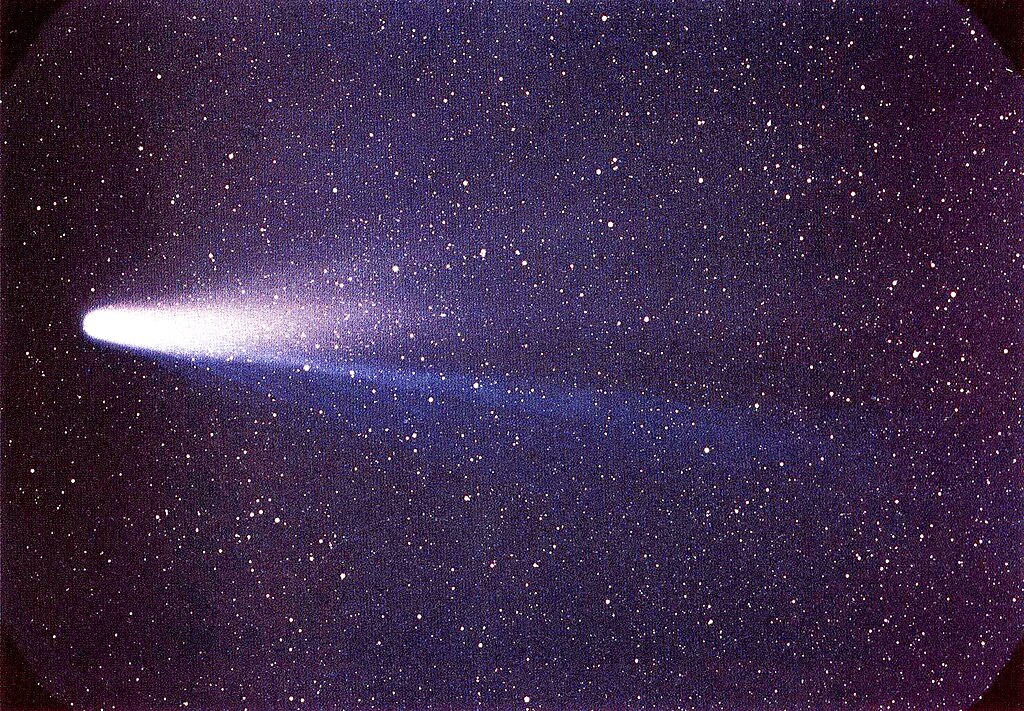
Pre-flight photograph of the color television camera used on the Moon during the mission of Apollo 12. This camera was developed by Westinghouse engineer James Justice, who passed-away this month. (Image Source: http://www.ninfinger.org/karld/My%20Space%20Museum/apollocams.htm#A12%20&%2014%20Color )
By Glenn A. Walsh
Reporting for SpaceWatchtower
James W. H. Justice, who developed and
designed the circuitry for the first color television camera
used in space and on the Moon, passed-away on May 13 of cancer at age 89.
Mr. Justice was the second Westinghouse
Electric Company engineer, who developed television technology for
NASA's Project Apollo, to die within the last three months. Physicist
Ernest Sternglass, who was instrumental in development of the
television camera (black-and-white camera) which showed the first
astronauts walking on the Moon during the mission of Apollo 11, died
at age 91 on February 12. (Link to blog post obituary of Mr.
Sternglass at the end of this blog post.)
The color television camera developed
by Mr. Justice was first used in the Command Module during the Apollo
10 mission, the Moon landing “dress rehearsal” when the
astronauts did everything except land on the Moon. During this
mission, the Lunar Excursion Module (LEM) separated from the Command
Module, while in lunar orbit, and came within 8.4 nautical miles /
15.6 kilometers of the lunar surface.
Apollo 12 was the first mission when
this Westinghouse color television camera was used on the lunar
surface. The camera worked well until there was an accident. About 42
minutes into the first Extra Vehicular Activity (EVA) on the Moon's
surface by astronauts Alan Bean and Pete Conrad, Alan Bean
inadvertently pointed the camera at the Sun, while preparing to place
the camera on a tripod. The extreme brightness of the Sun burned-out the video pick-up
tube rendering the camera unusable. When the camera was returned to
Westinghouse's research labs in Pittsburgh, scientists were able to
get an image on the section of the tube that had not been damaged.
NASA instituted revised procedures, including the addition of a lens
cap, to ensure this incident would not be repeated.
The Westinghouse color television
camera was successfully used on the Moon during the Apollo 14
mission, although the camera's automatic gain control (AGC) led to
problems of proper exposure during high contrast light situations.
For the remainder of Project Apollo, the Westinghouse camera was used
only in the Command Module, while a newer RCA color television camera
was used during Moon walks. The Westinghouse camera was also used
throughout the 1970s during all three Skylab missions, as well as the
Apollo—Soyuz Test Project.
The 1969 Emmy Awards for Outstanding
Achievement in Technical / Engineering Development were awarded by
the National Academy of Arts and Sciences to NASA for the conceptual
aspects of the Apollo color television camera and to Westinghouse for
development of the camera.
Mr. Justice considered the development
of the Westinghouse color television camera for the Apollo missions
as the proudest achievement of his life. Westinghouse's 1969 Annual
Report said that Mr. Justice was responsible for both the systems
design of the Westinghouse color television system for outer space, as
well as designing the circuitry and electronics for the screw-in
fluorescent lamp.
On an Internet web page and in an hour-long video
archived at a special legacy project web site, Mr. Justice describes
how NASA asked not just for a color television camera for space, but
the camera also had to transmit in color on a limited bandwidth and
be accessible for normal, analog television reception in people's
homes. (Link to web page and hour-long video near end of this blog
post.)
Mr. Justice was a prolific inventor,
and by 1969 he had already accumulated 22 patents. Interestingly, at
one point General Electric (GE) was shocked to learn that one of
their new color television developments (multiple programs
transmitted over a single television channel) had already been
invented by Mr. Justice ten years earlier! GE had to stop production
because Mr. Justice owned the patent for the process.
Mr. Justice was born in England on 1925
June 2. He served as a navigator in a bomber command of the Royal Air
Force during World War II. Mr. Justice attended St. John's College at
Cambridge University and also North London Polytechnic.
When recruited by Westinghouse for the
company's Research and Development Center in the Pittsburgh suburb of
Churchill, he traveled from London with his wife and three children
aboard the Queen Mary. He retired in 1987.
James Justice Collective Legacy Project Internet Web Page and Hour-Long Video:
Link >>> http://www.collectivelegacyproject.com/james-justice/
Obituaries ---
Pittsburgh Post-Gazette:
Link >>> http://www.post-gazette.com/news/obituaries/2015/05/17/Obituary-James-W-H-Justice-Westinghouse-engineer-whose-designs-included-first-color-camera-on-the-moon/stories/201505170154
Legacy.com:
Link >>> http://www.legacy.com/obituaries/postgazette/obituary.aspx?n=james-w-h-justice&pid=174864301&fhid=9737
More on Project Apollo Television Cameras:
Link 1 >>> http://www.ninfinger.org/karld/My%20Space%20Museum/apollocams.htm
Link 2 >>> http://en.wikipedia.org/wiki/Apollo_TV_camera
More on Apollo 12: Link >>> http://en.wikipedia.org/wiki/Apollo_12
Related Blog Post ---
Apollo 11 TV Camera Developer Dies at 91 (2015 Feb. 23):
Link >>> http://spacewatchtower.blogspot.com/2015/02/apollo-11-tv-camera-developer-dies-at-91.html
Source: Glenn A. Walsh Reporting for SpaceWatchtower, a project of Friends of the Zeiss.
Want to receive SpaceWatchtower blog posts in your inbox ?
Send request to < spacewatchtower@planetarium.cc >..
gaw
Glenn A. Walsh, Project Director,
Friends of the Zeiss < http://buhlplanetarium.tripod.com/fotz/ >
Electronic Mail - < gawalsh@planetarium.cc >
SpaceWatchtower Blog: < http://spacewatchtower.blogspot.com/ >
Also see: South Hills Backyard Astronomers Blog: < http://shbastronomers.blogspot.com/ >
Barnestormin: Writing, Essays, Pgh. News, & More: < http://www.barnestormin.blogspot.com/ >
About the SpaceWatchtower Editor / Author: < http://buhlplanetarium2.tripod.com/weblog/spacewatchtower/gaw/ >
SPACE & SCIENCE NEWS, ASTRONOMICAL CALENDAR:
< http://buhlplanetarium.tripod.
Twitter: < https://twitter.com/spacewatchtower >
Facebook: < http://www.facebook.com/pages/
Author of History Web Sites on the Internet --
* Buhl Planetarium, Pittsburgh:
< http://www.planetarium.
* Adler Planetarium, Chicago:
< http://adlerplanetarium.
* Astronomer, Educator, Optician John A. Brashear:
< http://johnbrashear.tripod.com >
* Andrew Carnegie & Carnegie Libraries:
< http://www.andrewcarnegie.
* Civil War Museum of Andrew Carnegie Free Library:
< http://garespypost.tripod.com >
* Duquesne Incline cable-car railway, Pittsburgh:
< http://inclinedplane.tripod.
* Public Transit:
< http://andrewcarnegie2.tripod.






